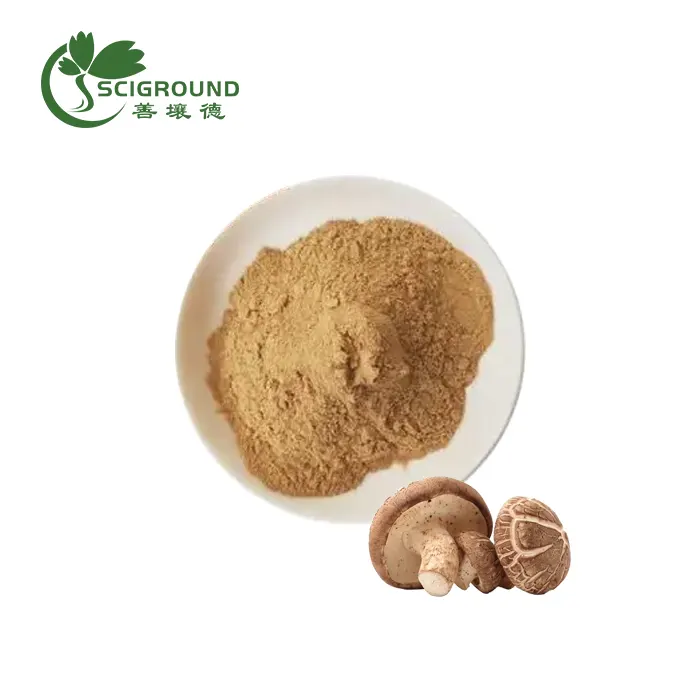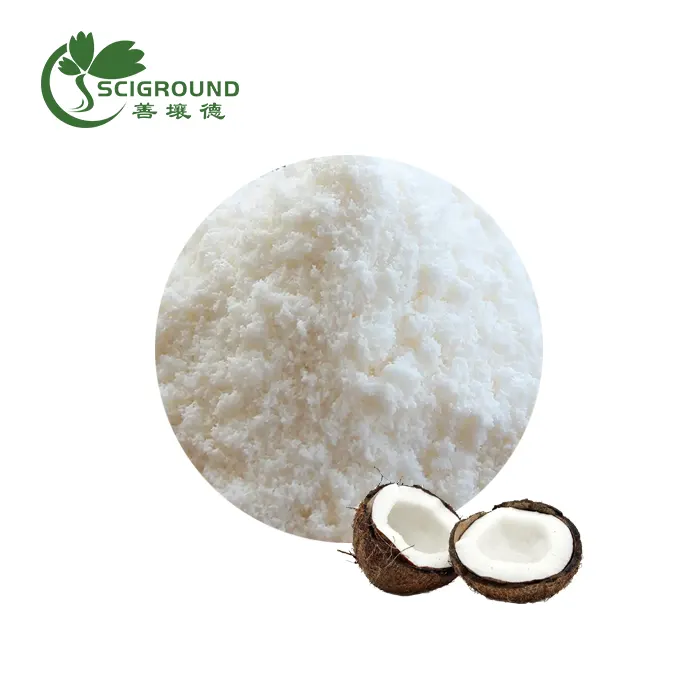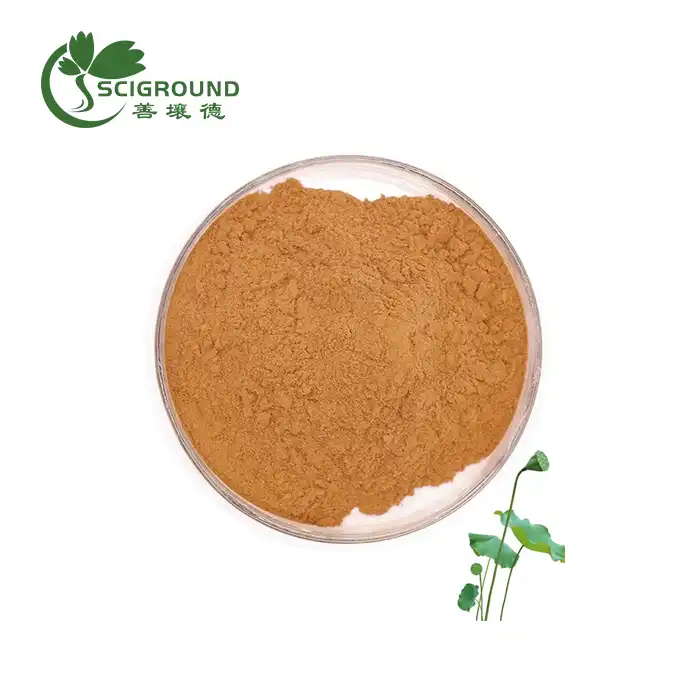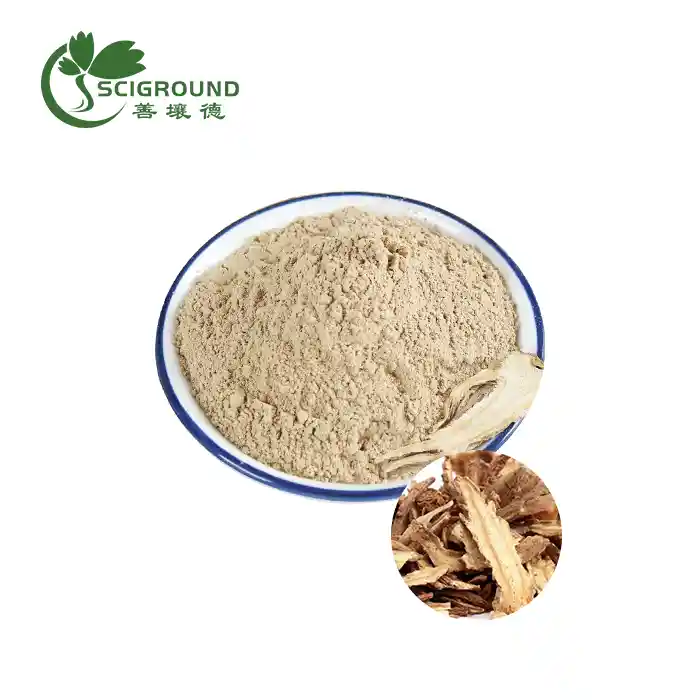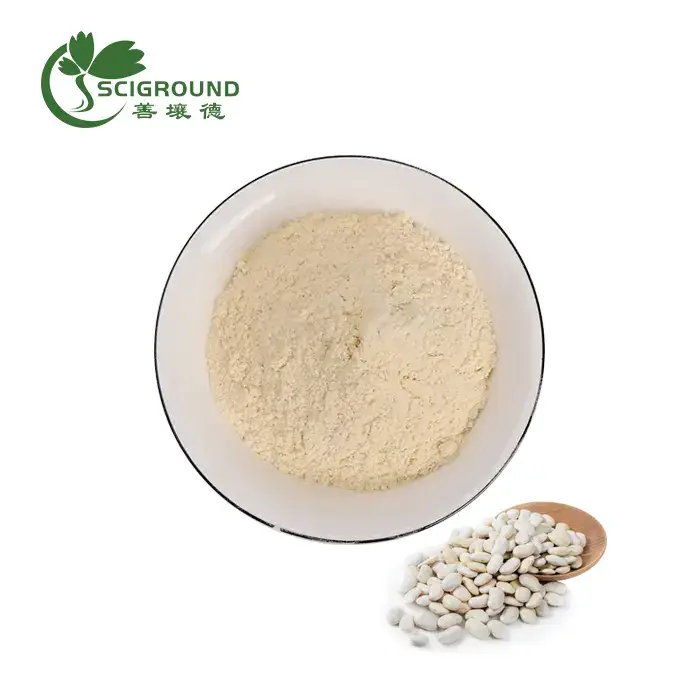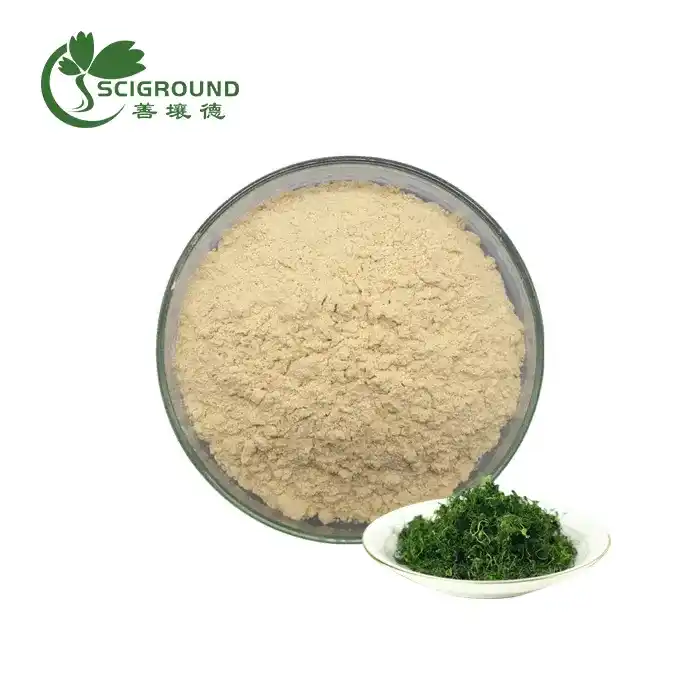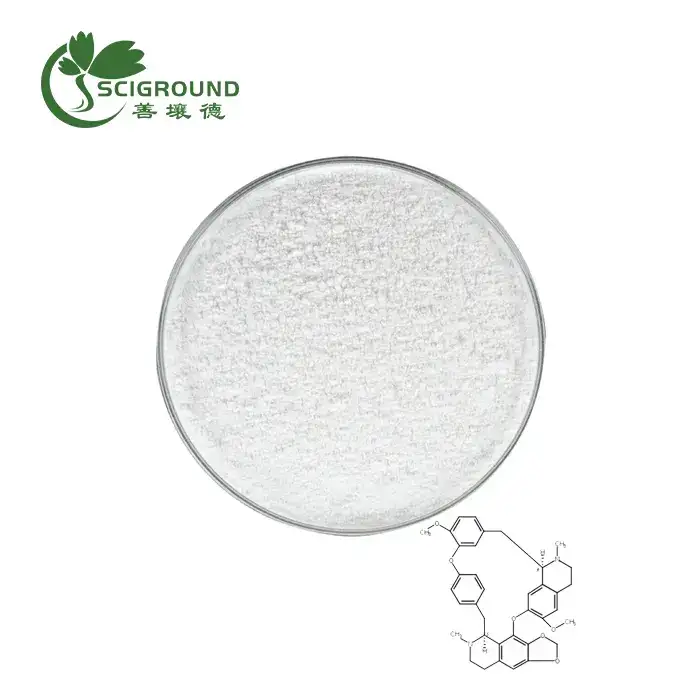How Does Capsaicin Work?
How Does Capsaicin Work?
Chilli peppers are where capsaicin is derived. Substance P, a pain transmitter in your nerves, is primarily decreased as a result of its action. There are no notable safety concerns, and the results of RCTs testing its efficacy in treating osteoarthritis suggest that it may be able to reduce pain and tenderness in affected joints.

How Does Capsaicin Work for Pain?
Capsaicin is able to reduce pain and inflammation through the following mechanisms:
Binds TRPV1 receptors - Capsaicin selectively activates TRPV1 cation channels found on pain nerve fibers (1).
Depletes Substance P - TRPV1 activation causes depletion of Substance P, a neuropeptide involved in transmitting pain signals (2).
Desensitizes nerve fibers - With repeated use, capsaicin powder desensitizes nociceptive nerve fiber endings to stimuli (3).
Counterirritation - Initially excites nerve fibers, then fatigues them to reduce sensitivity to pain signals (4).
Anti-inflammatory - Inhibits critical inflammatory mediators like NF-kB that amplify pain (5).
Topically applied, capsaicin creams take advantage of these analgesic and anti-inflammatory properties, providing localized pain relief.
How Does Capsaicin Work in The Body?
When ingested, capsaicin interacts with the gastrointestinal system and has systemic effects:
Gastrointestinal - Locally increases mucus secretions that protect stomach lining (6).
Metabolic - Boosts energy expenditure and fat oxidation by up to 50-100 calories daily (7).
Appetite suppression - Activates POMC neurons to reduce food intake and increase satiety (8).
Lipid improvement - Favorably alters cholesterol markers; enhances HDL, lowers LDL and triglycerides (9).
Blood pressure reduction - Vasodilation properties relax blood vessels to reduce hypertension (10).
So in the body, pure capsaicin improves satiety signals, metabolism, cardiovascular markers and digestion through various mechanisms.

How Does Capsaicin Work for Weight Loss?
Several pathways contribute to capsaicin's weight management effects:
Thermogenesis - Increases body heat production by up to 100 calories per day from enhanced energy expenditure (11).
Fat oxidation - Directly increases breakdown of fat, especially visceral fat stores (12).
Appetite suppression - Activates POMC neurons to reduce appetite and food cravings (13).
Calorie restriction - Decreases calorie intake by increasing satiety and fullness after meals (14).
Adipocyte alteration - Changes fat cell cytokine production to reduce accumulation (15).
Though a minor component of weight loss, pure capsaicin powder consumption provides modest metabolic and appetite management benefits.
How Does Capsaicin Work Chemically?
The pain-relieving properties of capsaicin come from its ability to bind and excite sensory neurons. This occurs through the following chemical mechanisms:
Contains vanillyl functional group - This structure is key to activating TRPV1 receptors (16).
Hydrophobic interactions - Allows capsaicin to interact with TRPV1 ion channels (17).
Covalent bonding - Capsaicin binds covalently to active sites of TRPV1 proteins (18).
Cation influx - Binding triggers opening of TRPV1 channels allowing cation influx that excites neuron (19).
These chemical properties give pure capsaicin high selectivity for pain sensory neuron TRPV1 receptors in the body.
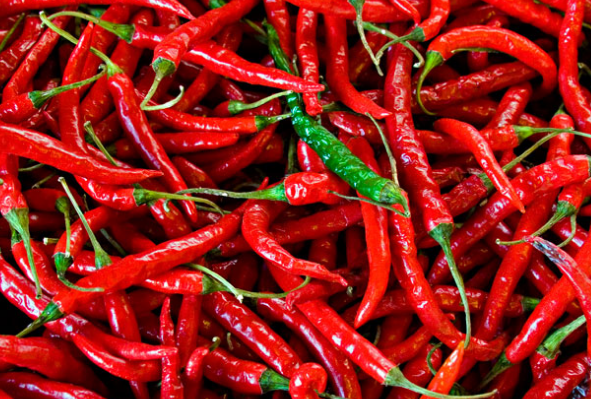
How Does Capsaicin Work for Shingles?
For reducing shingles pain, capsaicin topical creams utilize these main mechanisms:
Depletes Substance P - Repeated use decreases neuropeptide that transmits pain signals (20).
Nerve fiber desensitization - Topical application induces defunctionalization of cutaneous nociceptors (21).
Anti-inflammatory - Reduces neural immune system inflammation involved in shingles pain (22).
Analgesia - Counterirritation of TRPV1 nerves exerts analgesic effect on contact dermatomal area (23).
According to clinical trials, topical capsaicin helps reduce severity of neuropathic shingles pain and postherpetic neuralgia.
How Fast Does Capsaicin Work?
Upon oral ingestion or topical use, capsaicin begins acting within:
Orally - Metabolic boosting effects begin within 30-60 minutes (24).
Topically - Pain relief typically starts within 5-10 minutes but peaks at 30-60 minutes (25).
However maximum analgesic effects may take repeated regular applications over weeks before nerve fibers are fully desensitized. A cumulative desensitizing action occurs with consistent use over time.

How Does Capsaicin Work on Muscles?
Though not fully understood, capsaicin appears to interact with muscles through:
Enhanced blood flow - Vasodilation increases nutrient and oxygen delivery to muscles (26).
Fat oxidation - Raises use of fat stores for fuel; spares glycogen during exercise (27).
Motor unit firing - Evidence suggests increased EMG activity indicating greater MU recruitment (28).
While benefits are unclear, these mechanisms indicate potential for capsaicin to aid muscle growth and physical performance in some capacity through improved energy usage and blood flow.
In summary, capsaicin's unique ability to activate and desensitize sensory neurons allows it to exert analgesic, metabolic, appetite-suppressing and cardiovascular effects through a variety of complex mechanisms. Further research continues to uncover new ways this fascinating compound interacts with the body.
References:
Yang K, Yang WH, Li Y, Luo Z. Activation of TRPV1 by dietary capsaicin improves endothelium-dependent vasorelaxation and prevents hypertension. Cell Metab. 2010 Jul 7;12(1):130-41.
Anand P, Bley K. Topical capsaicin for pain management: therapeutic potential and mechanisms of action of the new high-concentration capsaicin 8% patch. Br J Anaesth. 2011 Oct;107(4):490-502.
Derry S, Sven-Rice A, Cole P, Tan T, Moore RA. Topical capsaicin (high concentration) for chronic neuropathic pain in adults. Cochrane Database Syst Rev. 2013;(2):CD007393.
Chung MK, Güler AD, Caterina MJ. TRPV1 shows dynamic ionic selectivity during agonist stimulation. Nat Neurosci. 2008 Jun;11(5):555-64.
Leung L, Riemer S, Galvez J, Green D. Capsazepine, a vanilloid receptor antagonist, abolishes nicotine-induced calcium influx and substance P release in cultured dorsal root ganglion neurons. J Neurochem. 2005 Dec;95(5):1344-51.
Kawada T, Sakabe S, Watanabe T, Yamamoto M, Iwai K. Some pungent principles of spices cause the adrenal medulla to secrete catecholamine in anesthetized rats. Proc Soc Exp Biol Med. 1988 Jun;188(2):229-33.
About Author

Celine Xu is a botanist with over 15 years of experience researching and developing plant extracts for nutritional and pharmaceutical applications. She leads an R&D team focused on identification, cultivation and extraction of medicinal plants. Celine Xu earned a Ph.D. in Plant Biology has authored numerous articles in peer-reviewed journals about the health benefits of specific phytochemicals. She frequently speaks at industry conferences about new developments in plant extract research. Celine Xu is dedicated to advancing the scientific understanding of how targeted plant compounds can be used to improve human health.
Related Industry Knowledge
- How is Boswellia taken?
- what is American ginseng saponins
- What Are Side Effects of Amikin?
- What are the Benefits of Alfalfa Extract Powder
- how to use stevia leaves
- How to Take Fisetin?
- What is Fisetin
- Does vitamin B1 make you sleepy?
- Lentinus Edodes Polypeptide: The Power of Shiitake Mushroom Extract
- Puerarin: A Promising Phytoestrogen for Health and Wellness
